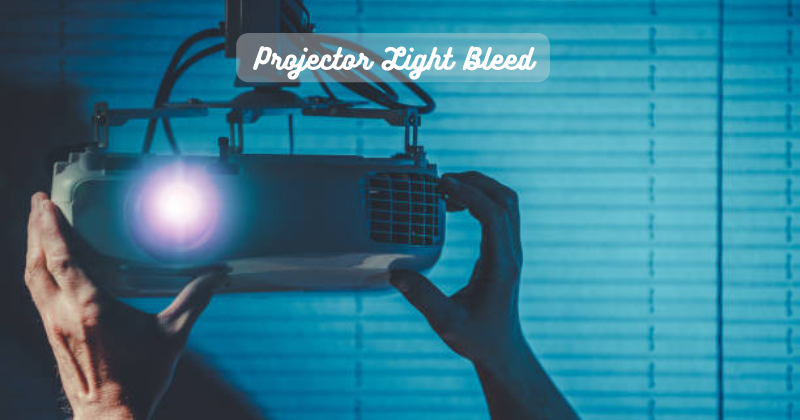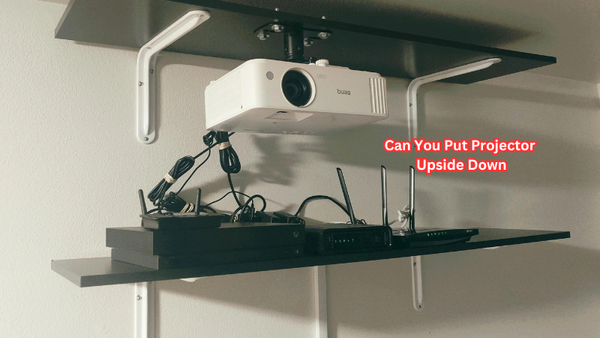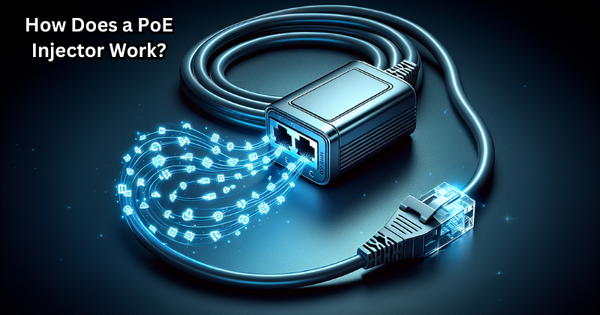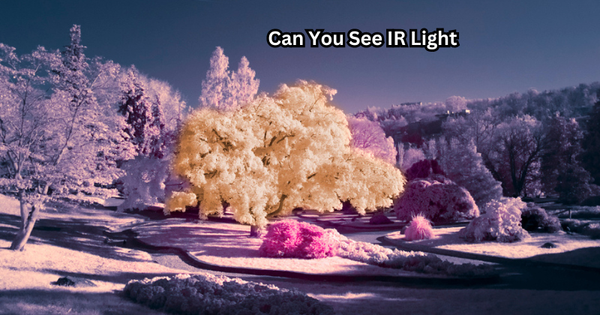Projector light bleed is a phenomenon that occurs when unwanted light escapes from the edges of a projector's display, compromising image quality and contrast. This issue arises due to the inability of the projector's optics to contain light within the intended projection area. Light bleed can manifest as glowing edges or halos around images, diminishing the viewing experience.
Poor construction, inadequate light source management, and suboptimal optical components contribute to this problem. Addressing projector light bleed is crucial for achieving optimal image clarity and fidelity in presentations, home theaters, and other visual applications.
Understanding the causes and implementing corrective measures can significantly enhance the performance of projectors and ensure a more immersive and satisfying viewing environment.
Understanding Projector Light Bleed
Projector light bleed is a common issue affecting many projectors, including LCD, DLP, and LED models.
It occurs when the projected image extends beyond the intended area, resulting in light escaping from the edges of the display. Light scattering within the projector's optics and poor light source management can cause this problem. This can happen due to several reasons, such as:
- Poor optical design: The primary cause of light bleed is often attributed to the projector's optical design. If the projector's optics are not adequately designed, it can result in light leakage and compromise image quality.
- Inadequate housing or casing: Projectors with subpar construction may allow light to escape from gaps or holes in the housing, resulting in light bleed.
- Weak light source management: The light source's intensity in projectors must be carefully controlled and managed. If the light source is too strong, it can result in excessive light escaping from the edges of the display.
- Low-quality components: Using low-quality or worn-out optical components such as lenses or mirrors can contribute to projector light bleed.
Identifying the root cause of projector light bleeds is essential to implement an effective solution. The next section will discuss ways to address this issue and improve the viewing experience.
Technical Aspects of Projector Light Bleed
To correct projector light bleed, it is crucial to understand the technical aspects of the problem and how they affect image quality. When we explore the intricacies of a projector's mechanics, we come across key components that significantly mitigate light bleed.
Light Source and Path:
The light source used in projectors can vary from lamps to LEDs and lasers. Regardless of the type, it is essential to ensure that the light source is properly calibrated and controlled to prevent excessive light leakage. Projector lamp brightness is measured in lumens, and higher lumen values indicate a brighter light source. However, a higher lumen output can also result in more light escaping from the edges of the display.
Optics:
As mentioned earlier, the projector's optics play a vital role in containing the projected image within the intended area. High-quality lenses, mirrors, and other components can significantly reduce light bleed. Projector lens adjustments and alignment also play a crucial role in mitigating this issue. Wrong-projected lens placement can result in light scattering and bleeding.
Casing and housing also fall under this category, as they need to be adequate enough to contain the light within the desired area.
Imaging Components:
The imaging components in a projector, such as the DMD chip, LCD panels, or LCoS panels, also play a crucial role in mitigating light bleed. These components control the amount of light that passes through and prevent excessive light leakage.
Furthermore, using components with higher resolution and contrast ratios can also improve image quality and reduce light bleed. Any problem with these components can result in light bleeding and should be addressed immediately.
Black Level Performance:
The black-level performance of a projector refers to its ability to produce deep and dark blacks without any light leakage. High-quality projectors with good black-level performance can significantly reduce the effects of light bleed, resulting in sharper images and better contrast.
Proper projection screen selection and placement also play a crucial role in reducing light bleed. Using screens with high gain values and positioning them at an appropriate distance from the projector can significantly improve image quality and minimize light leakage.
These are some of the technical aspects that need to be addressed when dealing with projector light bleed.
Light Bleed Impact On The Viewing Experience
Projector light bleed can significantly impact the overall viewing experience by reducing image clarity and contrast. It can also create distractions for the audience, taking away from the intended content of a presentation or movie.
The contrast ratio is a critical factor that determines how well a projector can display dark and light areas in an image. Light bleed can significantly reduce the contrast ratio, affecting the visual quality of the projected image.
Color accuracy is another aspect that is affected by light bleed. When light bleeds from the edges, it can cause color distortion and inaccurate colors, making the image appear washed out or unnatural. High-quality projection screen materials and proper calibration can help mitigate this issue. Horizontal keystone correction can also help correct color distortion caused by light bleeding.
Moreover, light bleed can cause halos or glare around bright objects when watching movies or playing games on a projector, diminishing the immersion experience. It can also be distracting for presenters using projectors for presentations, making text or graphics appear blurry around the edges.
Thus, addressing projector light bleed is crucial for maintaining image clarity and viewing experience. By mitigating projector light bleed, you can ensure your audience has an enjoyable and distraction-free viewing experience. The next section will discuss practical solutions for correcting this issue.
Solutions for Projector Light Bleed
Correcting projector light bleed is crucial for achieving optimal image quality and an immersive viewing experience. Minimize light bleed with these practical solutions:
- Adjust the lens: Properly adjusting the lens can significantly minimize light bleed. This involves aligning the lens with the DMD chip or LCD panel to contain light within the intended projection area.
- Use masking tape: Applying masking tape around the edges of the projection area can act as a barrier, preventing light from escaping and resulting in sharper images.
- Upgrade components: High-quality components such as lenses and light sources can significantly reduce light bleed. Upgrading these components can improve image quality and make the projected image more accurate.
- Invest in a high-quality projector: A high-quality projector from a reputable brand known for its optical design and construction can eliminate or minimize light bleed issues altogether.
- Implement ambient light control: Controlling the ambient light in the room can also help reduce the effects of light bleed. Some ways to control ambient light are using curtains or blinds to block out external light sources, dimming the lights, or using a projector screen with ambient light rejection properties.
By implementing these solutions, one can significantly reduce the impact of projector light bleed and achieve better image clarity and overall viewing experience.
Additional Tips and Future Advancements
In addition to the above solutions, here are some tips and potential future advancements that can further improve projector light bleed issues:
- Utilize digital keystone correction: Many modern projectors have digital keystone correction features that allow you to adjust the image's shape and size digitally. This feature can help correct the distortion caused by lens misalignment or light bleed.
- Consider using a projector with dynamic black technology: Dynamic black technology adjusts the projector's light output based on the projected content, resulting in better contrast and reducing the effects of light bleed.
- Explore advanced calibration options: Calibrating your projector's color settings can help reduce color image distortion caused by light bleed. Many projectors come with built-in calibration options, but you can opt for professional calibration services for more advanced adjustments.
- Experiment with different screen materials: Different projection screen materials have varying light gain and ambient light rejection properties. Experimenting with different screens can help find one that best suits your projector and room setup to minimize light bleed.
In the future, advancements in projector technology, such as laser light sources and improved lens designs, can eliminate the issue of light bleed. With advancements in screen materials, we may also see more efficient ambient light rejection properties, further improving image quality and reducing the effects of light bleed. As technology evolves, addressing projector light bleed will become easier and more effective, resulting in an even better viewing experience for audiences.
FAQs
Why is my projector faded?
If your projector's image appears faded or washed out, it could be due to light bleed. Consider adjusting the lens or using masking tape as a temporary solution, and invest in high-quality components for a more permanent fix.
Why is my projector not displaying light?
If your projector is not displaying any light, it could be due to various reasons, including malfunctioning components or technical issues. It's best to consult the user manual or contact the manufacturer for assistance in troubleshooting the issue.
What is the light bleed effect?
The light bleed effect is when light from a projector escapes the intended projection area, resulting in washed-out colors and decreased image clarity. Various factors, such as lens misalignment or low-quality components, can cause it. Addressing this issue is essential for achieving optimal image quality and an immersive viewing experience.
Do projector bulbs fade?
Like any light source, projector bulbs can fade over time and impact image quality. It's crucial to regularly check and replace bulbs when needed for a better viewing experience. Addressing projector light bleed is essential for achieving optimal image quality and an immersive viewing experience.
Conclusion
In conclusion, addressing projector light bleed is pivotal for optimizing visual experiences across various applications. By comprehending the intricacies of this phenomenon and its impact on image quality, users can implement corrective measures to enhance projector performance. In professional presentations, educational settings, or home theaters, mitigating light bleed ensures sharper, clearer images and improved contrast.
Manufacturers and users alike can benefit from advancements in optical design, construction, and light source management, fostering the development of projectors that deliver superior visual fidelity.
As technology evolves, continual attention to minimizing light bleed will undoubtedly contribute to a more immersive and satisfying viewing environment, cementing projectors as indispensable tools for diverse multimedia applications. So go ahead and upgrade your components, invest in a high-quality projector, and implement ambient light control for an optimal viewing experience! Happy projecting!





